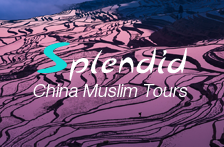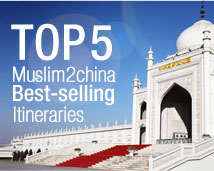
There are four city gates of the city in the north, west, east, and south with their own gate towers and turrets. The gate towers are named Tonghai, Cangshan, Cheng’en and Anyuan. A defensive river was surrounding the city. The interior of the wall was filled with rocks and the surface was bricked over smoothly. The streets and avenues in the city now are crisscrossing each other, typical of chessboard pattern. The buildings are all covered with dark blue tiles and pebble-staked walls. All look very pristine and delicate. The distribution of the city inside is of strict order and the whole ancient city looks like a chessboard (all the path of the ancient city are from the east to west or from north to south, houses of tile makes the city simple and unsophisticated). Red flowers and green grass are coming out from wall, making up flowers streets. Streams from Cangshan mountain come into the city, going across the streets and visiting every family with their happy sound and sweet taste, running eastwards to Erhai lake. The whole city looks fresh and wet, without any dust.
In the center of the 1200 years old ancient town stands one elegant building - Wuhua Lou. The building was built in the ancient time when Dali country existed. The architecture was used for inviting VIPs in the royal or imperial groups in the old days; it is of 5 floors tall and available to hold ten thousand people. The building experienced repairs for many times, the Wuhua Lou we now see was re-built in 1998. It is one of the featured ancient buildings in Dali ancient city.
The characteristic natural landscapes in Dali are usually composed by mountain and water. The land between Cangshan Mountain and Erhai Lake is a fan-shaped plain formed by impact.

It is full of rich land, connecting villages and top attractions like the Three Pagodas of Chongsheng Temple, it is described as ‘the gallery of scenery’, it is a perfect mixture of scene, scenic spot and folk-customs. Guest may take in all the beautiful sceneries when climbing up to the mountain top.
In the city, historical relics such as the headquarters of Du Wenxiu, leader of a peasant uprising, and relevant stone steles still remain today. In addition, the residents there all like to plant trees and flowers. There are garden in every house. The famous Dali camellia, azalea and orchids are competing to show their beauty, blooming against snow on Cangshan mountain. The magnificent towers, elegant streets, small and exquisite courtyards, colorful flowers blooming in profusion give people a feeling of antiquity, serenity and elegance. Today, this famous ancient city is attracting more and more tourists.








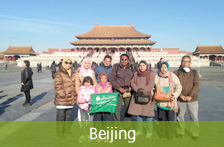
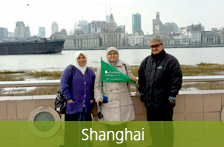
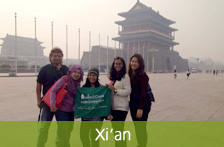
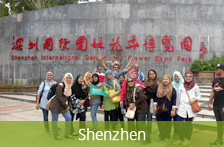
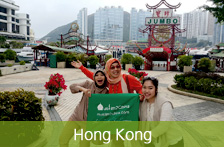
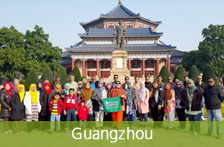
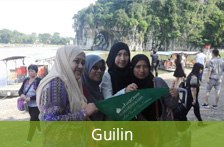
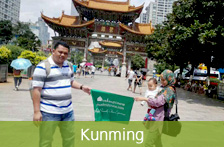
.jpg)





